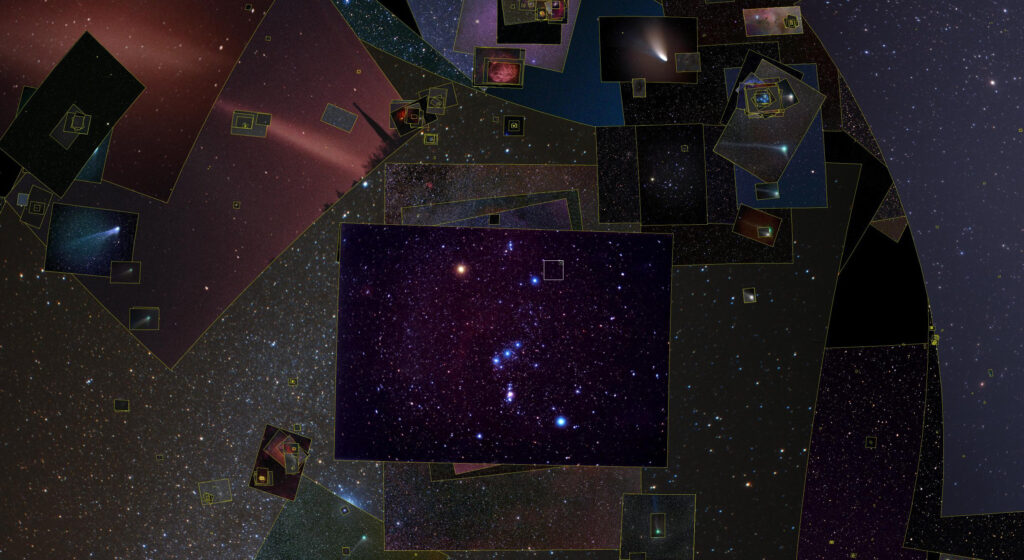
John C. Mannone
There Are No Secrets Among the Stars
The Wise One fell
from heaven
through the cold rock wall
He lighted upon a slab
in the tomb
A white linen unfolded
itself to wrap around his body
with sweet spices
After a few days, his friends
took his lifeless body up
a hill
and offered him to the sky
when he inhaled his spirit
back into his body
He awakened and they knew
he was their king
because he wore a crown
and the ground offered
his blood
Then he spoke
It is finished
as the ancient writings foretold
The spikes were undone
loosened from the grip
of wood
…………Hammers put away
He struggled coming down
the hill to town, gave back
the crown
…………and didn’t say a word
to the politicians, to the soldiers
to the rest of the crowd.
He didn’t lash out to them
as they had lashed at him
[When he went to church
he prayed in silence
though the highest
…………ranking priests
were cursing and tearing
at their robes]
But before he went there
he stopped to see a friend
who wasn’t a true friend
(something got into him)
So he asked his untrue friend
to unkiss him.
He said it so all could hear,
Do what you must do
And the crowd dispersed
to crucify someone else
They departed, urgently,
still shouting, perhaps
at the storm—it was moving in
quickly from the south
and the methane rains are coming,
just as they always do this time
of the decade. And the hydrocarbon
oceans will rise
…………and dissolve us all
…………lest we repent
…………and the Wise One
…………would quiet the seas.
…………………….~
So it is written in the Book of Prophets in this place,
the moon Terra-alpha around the second planet
orbiting the star HD 34445 in Orion.
Star-date 2725.2.5.5
_______________
John C. Mannone has poems in Windhover, North Dakota Quarterly, Poetry South, Baltimore Review, and others, including many speculative journals. He won a Dwarf Stars Award (2020); was awarded an HWA Scholarship (2017) and a Jean Ritchie Fellowship (2017) in Appalachian literature; and served as the celebrity judge for the National Federation of State Poetry Societies (2018). His full-length collections are Disabled Monsters (Linnet’s Wings Press, 2015), Flux Lines (Linnet’s Wings Press, 2022), Weatherford Award nominee: Song of the Mountains (Middle Creek Publishing, 2023), Sacred Flute (Iris Press, 2024), and Dark Wind, Dark Water: a novella-length horror fiction collection forthcoming from Mind’s Eye Publishing. He edits poetry for Abyss & Apex and Silver Blade. He’s a professor of physics and nuclear consultant, who loves to teach whenever he can. Recently he stepped down (up) from university professor to teacher of mathematics and creative writing in a Tennessee magnet high school.
http://jcmannone.wordpress.com
https://www.facebook.com/jcmannone/
Editor’s Comments, Backstory, and Image Citations: For my seasonally-themed contribution this year, I offer a retrospective-type poem inspired by the style in Ansel Elkins’ 2011 winning poem in the Boston Review, “Reverse: A Lynching” (https://www.bostonreview.net/articles/ansel-elkins-reverse-a-lynching/), where the poem begins with a significant event, and marches back through time sequentially undoing those things leading up to it all the way back to an inciting item, which might be a subtle thing lending a great poignancy to the poem (in comparison of writing about the event as it had unfolded). In my “reversal poem” (not to be confused with a “reverse poem”), real action happens as moving into the past. It’s somewhat different.
In “There Are No Secrets Among the Stars,” the cited star in the epilog, is a type G star (our sun is a G8) 150.5 light-years away, and its second planet is HD 34445b, is Jupiter-like but much closer to its sun than our Jupiter is to ours. Sentient life forms are imagined on such planets or their moons but it’s unlikely it would be humanoid.
There’s a theological question that arises from sentient lifeforms on other worlds and their belief in a creator God and the physical manifestation of such on their world. Whatever “he/she” may be called, would there be parallels to humanity? If necessary, what would their redemptive figure do? I imagine that, if necessary, this entity would be sacrificed? But do the “universe” crucify every redeemer over and over? No. There would only be one sacrifice once and for all, regardless of race and regardless of where and when—any space and time—because the creator would not be confined within “his” creation. The creator must necessarily be outside of space or time. So this piece of theological science fiction/fantasy imagines these questions.
The star was purposely chosen to be in the constellation of Orion because in some traditions (in South America and elsewhere), Orion’s belt-stars is an allusion to the three kings that visited Christ when he was a toddler. And in some circles, the gospel is believed to be pictured in the stars and Orion is not the usual Greek hunter but, as the Arabic names suggest, a glorious prince who comes swiftly to destroy his enemies. In both cases, Orion poses some connection to the Christ. Also, the “stars” in the title plays on the metaphor that stars are the host of heaven, the angels themselves. The star-date a half-millennium from now (by design)— based on an earth-system time—approximately falls on 0.255*365 or 93 days into the year, April 3, (when it’s believed the Christ was crucified).
Regardless of one’s beliefs, this poem speculates on interesting possibilities.
The image credit: Estrella Star Map depicts HD 34445 in Orion (within the small square near the upper right shoulder-star of Orion called Bellatrix).
{Interestingly and by coincidence, another poet in this series (F. J. Bergmann) also references a star from the Henry Draper Catalog of Stars (HD), which is based on the star’s spectral characteristics.}
